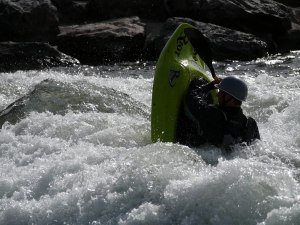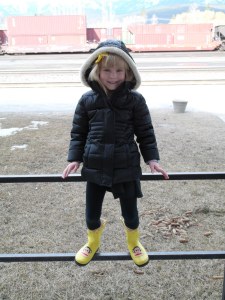How to get Started as a Strobist!
Buffaloz Photography Training: Free online photography tips and training
How to use Shutterspeed
One of the most common questions beginning photographers have is “What is Shutter speed and what does it do?”. Shutter speed is one the most important controls on the camera and needs to be understood to make great photos. Shutter speed controls the ammount of time your digital sensor is exposed to light. The shutter speed effects how your image is captured on your digital camera. The Shutter in your camera is a thin piece of plastic or metal that opens when you press the shutter button on your camera. The shutter speed determines how long your shutter is opened and how long you sensor is exposed to light.
In a DSlr(Digital single lens reflex) camera, or TTL( through the lens) camera, the shutter release button also moves a mirror out of the way of the shutter curtain. The movement of the mirror and the curtain give the camera the “click” sound that DSLR cameras are famous for. AS you learn about your camera you will hear the difference in the “click” of a slow or fast shutter speed.
Measuring shutter speed is quite simple. Shutter speeds are measured is fractions of seconds. A shutter speed of 250 is actually 1/250th of a second. Most cameras have speeds from up to 1/4000th of a second to 30 seconds. There is usually a “B” mode also. “B” Stands for “Bulb”. When the shutter speed is set to bulb, the shutter stays open until the shutter button is released. “B” can be used to create extremely long
eposures(60 seconds for longer).
A long shutter speed is usually considered to be 1/60th of a second or longer. As a general rule any photograph taken with a shutter speed slower than 60th of a second needs to be steadied with a tripod. If the camera is not steadied you run the chance of having a blurred photograph. Some cameras have image stablization or vibration reduction which allows you to hand hold your camera at slower speeds
like 1/15th of a second. There is also “long exposures” which are usually defined as exposures over 1 second long.
A fast shutter speed is usually considered to be 1/500th of a second or shorter. Fast shutter speeds are good for freezing, or stopping movement for clear images when shooting moving or fast subjects.
The basic rule for knowing the slowest shutter speed you can use with a particular lens without useing a tripod, is to take the number of the lens length. For example, if you are using a 300mm lens, the slowest shutter speed you can use is 1/300th of a second. If you are using a 100mm lens, the slowest lens lenght you should use is 1/100th of a second. You must remember that without image stablization you can not shoot below 1/60th of a second or you run the chance of blurr in your photo.
Changing the Shutter speed on cameras is different depending on what camera you have. Usually it is adjusted by turning a knob or dial. If you don’t know how to change the Shutter speed, look at your manual.
Here are some guidelines for shutter speeds when shooting to stop action.
Football- 1/400
baseball/hockey- 1/350
running children- 1/350
jumping people- 1/250
golf balls- 1/3200
splashing water- 1/350




Recent Comments